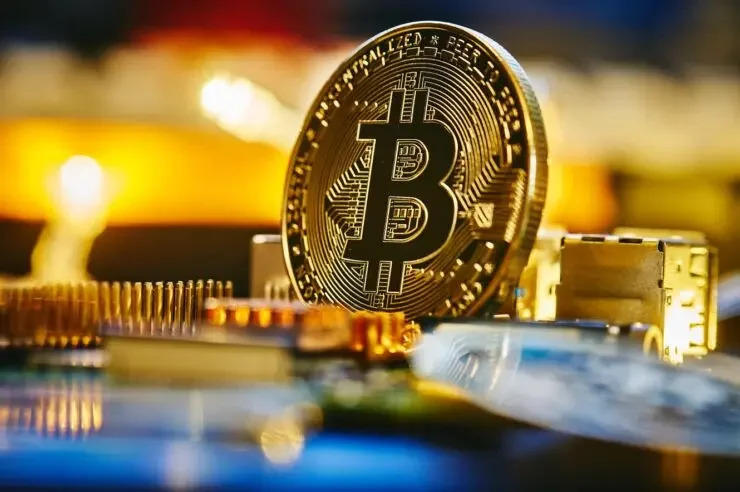Financial inclusion is a global challenge, with billions of people lacking access to traditional banking services. Bitcoin offers the potential to bridge this gap by providing financial services to the unbanked and underbanked populations. This article explores how Bitcoin can help empower the financially underserved and foster greater economic inclusion.
The Global Unbanked Dilemma
In many parts of the world, a significant portion of the population remains unbanked, meaning they lack access to essential financial services such as savings accounts, payment options, and credit. These individuals, often living in rural or economically disadvantaged areas, are at a severe disadvantage when it comes to participating in the global economy.
Bitcoin’s Promise of Inclusion
Bitcoin has the potential to revolutionize financial inclusion in several ways:
- Accessibility: Bitcoin operates on the internet, which is increasingly accessible even in remote areas. All that’s required to participate is an internet connection and a smartphone, making it a practical solution for the unbanked.
- Low Transaction Costs: Bitcoin transactions are often more affordable than traditional banking services and can be particularly cost-effective for cross-border transactions. This makes it easier for migrant workers to send remittances to their families.
- Financial Services: Bitcoin enables individuals to save, invest, and access credit without the need for traditional banks. Peer-to-peer lending and microfinance through Bitcoin platforms can provide financial services to the unbanked.
- Ownership and Control: Bitcoin users have direct ownership and control over their assets, reducing reliance on third-party intermediaries and eliminating the need for costly bank accounts.
Real-World Applications
In several regions, Bitcoin is already making a difference in the lives of the unbanked:
- Africa: In countries like Nigeria and Kenya, Bitcoin has gained traction as a means for remittances and as an alternative to the traditional banking system.
- Venezuela: In a country plagued by hyperinflation and economic instability, Bitcoin has provided a haven for citizens looking to preserve their wealth and access international markets.
- The Philippines: Bitcoin platforms have made it easier for overseas Filipino workers to send money back to their families, reducing the cost and time required for remittances.
Challenges and Considerations
While Bitcoin holds promise for financial inclusion, it’s not without challenges:
- Volatility: Bitcoin’s price volatility can make it risky as a store of value, potentially affecting the savings of the unbanked.
- Education: Education on how to use Bitcoin safely and securely is crucial. Many of the unbanked are unfamiliar with digital assets and may require guidance.
- Regulatory Hurdles: In some regions, the legal and regulatory environment for Bitcoin remains uncertain, creating challenges for adoption.
- Scalability: As the user base grows, scalability issues can arise, leading to network congestion and higher fees. Solutions like the Lightning Network aim to address these concerns.
Conclusion: Bitcoin’s Potential for Financial Inclusion
Bitcoin has the potential to empower the unbanked by providing them with accessible, affordable, and secure financial services. While challenges exist, innovative solutions are emerging to address these issues and pave the way for greater financial inclusion. As Bitcoin adoption continues to grow, it offers a promising path toward improving the economic prospects of the world’s unbanked and underbanked populations, bringing them into the global financial ecosystem.



